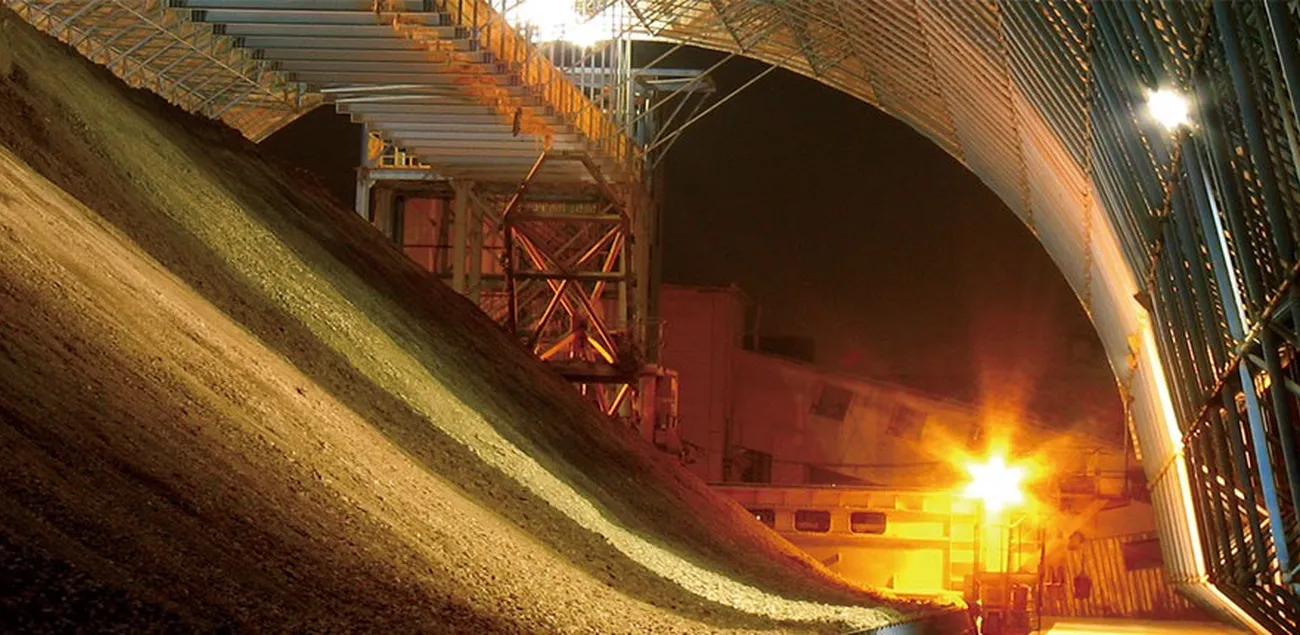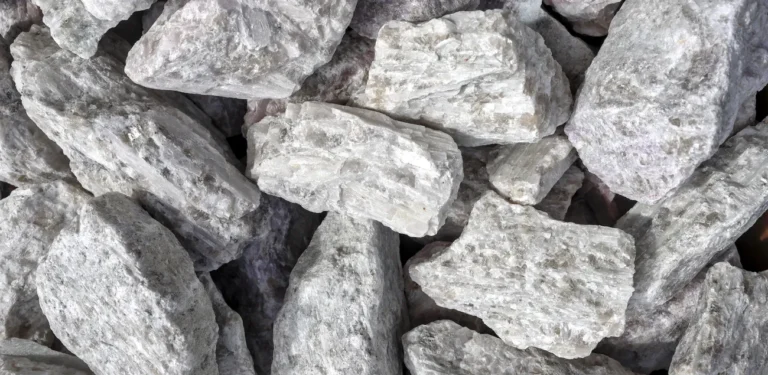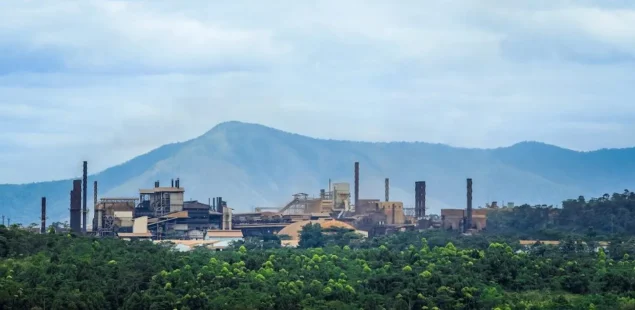
China’s General Administration of Customs, the national trade monitor, said imports of unwrought aluminium and products reached 300,000 t in June, up 24.1 % from a year earlier, while bauxite arrivals soared 36.2 % to 18.12 Mt, underscoring the pull from smelters ramping output to multi-year highs.
Smelter Restarts and Arbitrage Fuel Metal Flows
Restarts in Yunnan, Guangxi and Guizhou—regions that had curbed capacity during last year’s hydropower shortages—have driven primary production back above 3.6 Mt a month. The rebound has tightened spot availability and opened an import arbitrage of roughly ¥370 t ($51 t) in early June, encouraging traders to draw in billet and slab from Russia, India and Malaysia. Customs data show deliveries from Russia alone rose 42 % year-on-year, helped by discounted premiums as Western buyers shunned the metal.
Bauxite Shipments Hit Record on Guinea Expansion
Bauxite imports of 18.12 Mt set a monthly record. Guinea supplied more than 60 % of the total after new rail capacity linked inland deposits to the port of Kamsar. Indonesia’s share slipped to 14 % amid its August export ban, while Australia held at 10 % on legacy contracts. Over the first half, bauxite inflows climbed 33.6 % to 103.25 Mt, tracking a 7 % rise in alumina output at refineries in Shandong and Shanxi.
Market Impact and Pricing
The heavier import programme has capped the rally in Shanghai Futures Exchange aluminium, which eased to RMB 20,230 t ($2,780 t) by mid-July after touching a four-month high in May. London Metal Exchange cash aluminium remains near $2,570 t, leaving Chinese exports of semi-fabricated products broadly competitive despite the stronger yuan. Analysts expect the import window to narrow in the third quarter as seasonal power curbs return in the south-west and domestic output growth moderates to 2 % year-on-year.
Industry Context and Applications
China is the world’s largest aluminium producer and consumer, accounting for roughly 60 % of both global output and demand. June’s brisk import pace follows Beijing’s directive to lift renewable-powered smelting capacity to 45 % by 2027, spurring investment in low-carbon billets for solar-frame and EV-body-sheet makers. Logistic bottlenecks inside Guinea and strong freight markets could, however, keep bauxite prices firm, encouraging refineries to blend in more domestic ore from Henan and Chongqing.
Company Background and Market Context
State-owned Chalco operates integrated mines, refineries and smelters that produced 6.4 Mt of primary metal in 2024, while privately held China Hongqiao runs 6 Mt of capacity, much of it relocated from Shandong to hydropower-rich Yunnan. Both groups increased bauxite purchases this year to feed expansions in low-carbon value-added products. Smaller rod and extrusion mills have meanwhile absorbed Russian metal at discounts of $90 t to Rotterdam duty-paid quotes, easing cost pressure as domestic premiums dipped to RMB 240 t.
Aluminium is the most widely used non-ferrous metal, central to lightweight transport, packaging, power cables and the energy-transition build-out. Global demand grew 3.4 % in 2024 to 73 Mt; analysts see a modest surplus this year as Chinese production edges higher and Western consumption remains subdued, keeping prices in a $2,400–2,700 t range.



